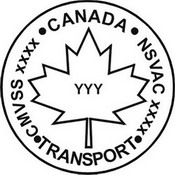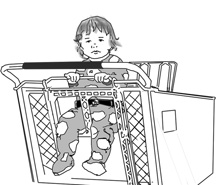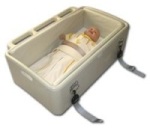A powerful book about injury prevention, a topic very near to my heart, has inspired me to speak out during this political season when we are hearing a lot of rhetoric about too much regulation, the “nanny state,” individual rights to not buckle up or wear a motorcycle helmet, or even not supporting public funding of essential things such as repair of highway bridges.
While We Were Sleeping: Success Stories in Injury and Violence Prevention, by David Hemenway of the Harvard Injury Control Research Center, presents a highly readable account of many successful efforts to protect people by preventing unintentional injuries and violence. It is his “personal ode to public health,” particularly injury prevention, which has fascinated him since the 1960s, when he worked for Ralph Nader and Consumers Union. He wants to explain the importance of public health because “most people do not recognize, or do not readily recall, when they personally have benefitted from a public health intervention.”
Read More from “New Book a Timely Ode to the Value of Injury Prevention”




